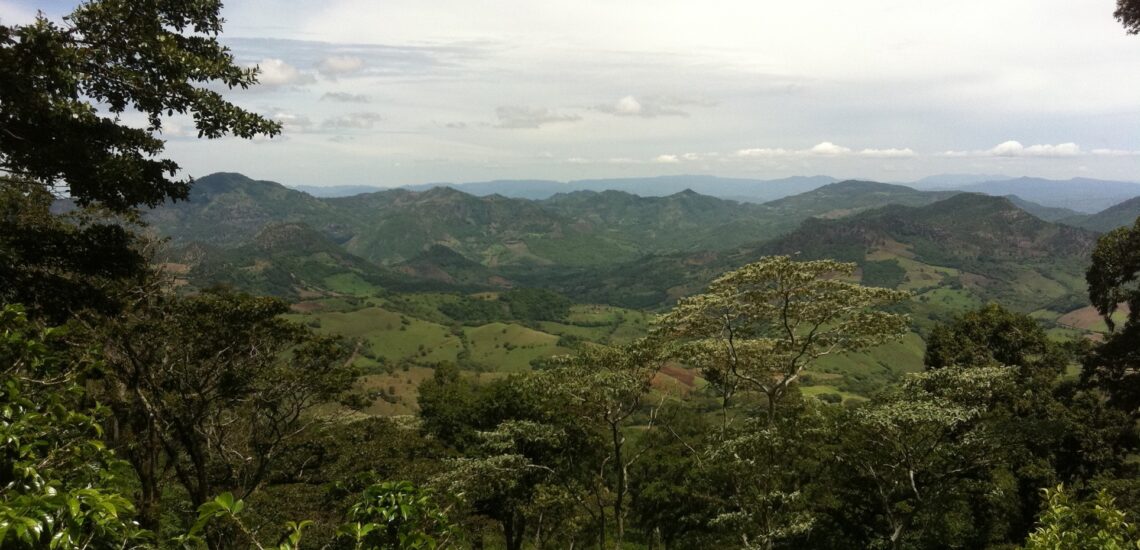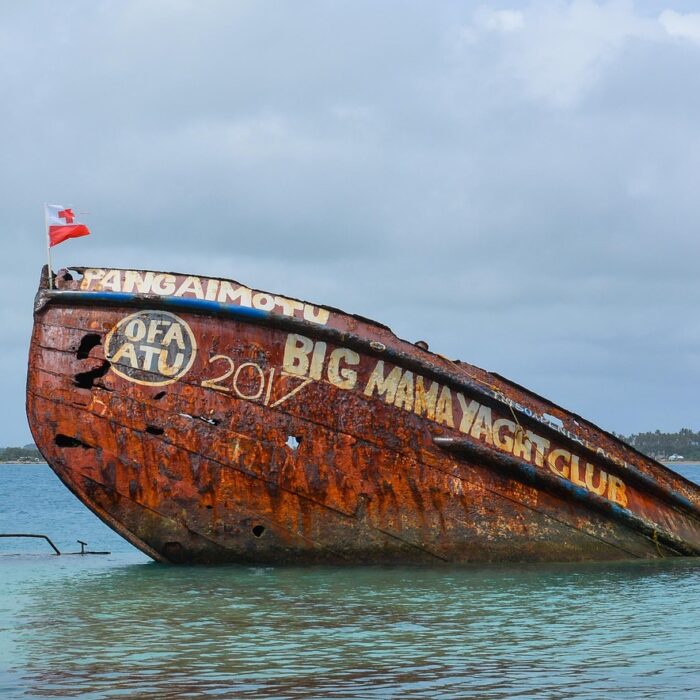Nicaragua is a Central American country with a diverse geography, including volcanoes and lakes. The capital is Managua, and other major cities include Granada and León. The economy relies on agriculture, with exports like coffee and beef. The country has a complex history, marked by indigenous civilizations and political strife. Spanish is the official language. Nicaragua faces challenges such as natural disasters and environmental issues. It’s becoming a tourist destination, known for colonial cities, volcanoes, and beaches. Political tensions have been present in its democratic republic.
Fast facts about Nicaragua
- Location: Nicaragua is in Central America, bordered by Honduras and Costa Rica.
- Capital: Managua is the largest city and the capital.
- Geography: Nicaragua features volcanoes, Lake Nicaragua, and coastlines on the Pacific and Caribbean.
- Economy: Agriculture drives the economy, with exports like coffee and beef. Tourism is growing.
- History: Rich and complex history, including Spanish colonization and the Sandinista revolution.
- Language: Spanish is the official language.
- Culture: Blend of indigenous and Spanish influences seen in festivals, music, and dance.
- Natural Disasters: Prone to earthquakes and hurricanes.
- Environment: Challenges include deforestation and soil erosion.
- Tourism: Emerging tourist destination with colonial cities, volcanoes, and beaches.
10 Interesting facts about Nicaragua
Nicaragua has the richest nature
Nicaragua boasts some of the richest and diverse natural landscapes in Central America, making it a captivating destination for eco-tourism. From pristine beaches on both the Pacific and Caribbean coasts to lush rainforests and active volcanoes, the country offers a wide range of experiences for nature enthusiasts. Travelers can explore diverse ecosystems, encounter unique wildlife, and enjoy outdoor activities like hiking, surfing, and bird-watching, making Nicaragua a paradise for those seeking an immersive and authentic natural adventure.

Baseball is the most popular sport in Nicaragua
Baseball is the most beloved sport in Nicaragua, deeply ingrained in the culture. The country has a passionate fan base, and baseball games, from local to professional levels, draw enthusiastic crowds. Nicaraguan players’ success in Major League Baseball has contributed to the sport’s significance, making it a source of national pride and inspiration for aspiring athletes.
Nicaragua has colonial architecture
Nicaragua boasts charming colonial cities that reflect its rich history and cultural heritage. Granada and León are notable examples, where cobblestone streets, well-preserved architecture, and historic churches offer a glimpse into the country’s colonial past. These cities attract tourists with their vibrant atmosphere, cultural sites, and a blend of Spanish and indigenous influences.
Lake Managua is the only freshwater lake where sharks live
Lake Managua in Nicaragua is indeed a unique freshwater lake that is known for hosting a population of freshwater sharks. This phenomenon is unusual, as sharks are typically associated with saltwater environments. The sharks found in Lake Managua are a species known as the “Bull Shark” (Carcharhinus leucas). These sharks have the ability to adapt to varying salinity levels, allowing them to thrive in both freshwater and saltwater habitats. The presence of sharks in Lake Managua adds to the ecological diversity of the lake but also presents challenges for local ecosystems and conservation efforts.

Most people are mestizos
In Nicaragua, the majority of the population identifies as mestizos. Mestizos are people of mixed European (usually Spanish) and Indigenous American ancestry. This demographic makeup reflects a historical legacy of colonization and cultural blending between Spanish colonizers and Indigenous communities. While there are also significant Indigenous populations and smaller groups of Europeans and Afro-descendants, the mestizo population constitutes the largest ethnic group in Nicaragua. The cultural diversity and blending contribute to the rich tapestry of Nicaraguan society.
A large number of local dishes
Nicaragua boasts a diverse and flavorful culinary tradition with a large number of local dishes (2000+) reflecting its cultural heritage. Some notable Nicaraguan dishes include:
- Gallo Pinto: A traditional dish made with rice and beans, often served for breakfast or as a side dish.
- Nacatamal: Similar to tamales, nacatamales are a staple during holidays, consisting of masa (corn dough) filled with meat, vegetables, and sometimes rice, all wrapped in a banana leaf and steamed.
- Indio Viejo: A hearty stew made with shredded meat (commonly beef or chicken), vegetables, and ground corn.
- Vigorón: A popular street food dish featuring yuca (cassava) served with chicharrón (fried pork belly) and a cabbage salad.
- Quesillo: A snack or light meal consisting of a tortilla filled with cheese, pickled onions, and sour cream.
- Sopa de Albóndigas: Meatball soup made with vegetables, rice, and herbs, providing a comforting and filling meal.
- Tajadas: Fried plantains served as a side dish or snack, often accompanied by cheese or beans.
- Rondón: A coconut-based seafood soup, reflecting the coastal influence on Nicaraguan cuisine.
- Vaho: A dish featuring plantains, yuca, and meat, typically seasoned with achiote and wrapped in banana leaves before being steamed.
- Cacao-based Drinks: Nicaragua is known for its cacao production, and traditional drinks like hot chocolate made from locally grown cacao are enjoyed.
Nicaragua has many active volcanoes
Nicaragua is home to numerous active volcanoes, contributing to its diverse landscape. Some of the well-known ones include Momotombo, Concepción, Maderas, Masaya, Telica, San Cristóbal, and Cerro Negro. The country’s volcanic activity not only shapes its geography but also provides opportunities for adventure tourism, attracting visitors seeking to explore these dynamic natural features.

About 700 species of birds live in Nicaragua
Nicaragua is a haven for bird enthusiasts, with approximately 700 species of birds inhabiting its diverse ecosystems. The country’s rich biodiversity supports a wide range of avian life, making it an ideal destination for birdwatching. The varied landscapes, including rainforests, lakes, and coastal areas, provide habitats for both resident and migratory bird species. Nicaragua’s commitment to conservation and the protection of its natural resources contributes to the thriving birdlife, offering a rewarding experience for those interested in observing and appreciating the avian diversity of the region.
The symbolism of the flag is the two oceans on the borders of the country
The national flag of Nicaragua holds symbolism that represents the country’s geographical features. The flag consists of three horizontal stripes of blue and white. The blue stripes represent the two oceans that border Nicaragua, namely the Pacific Ocean to the west and the Caribbean Sea to the east. The central white stripe symbolizes the land situated between these two bodies of water.
This design underscores Nicaragua’s unique position as a country with coastlines along both the Pacific and the Caribbean, emphasizing the significance of its maritime geography. The flag serves as a visual representation of Nicaragua’s connection to its surrounding oceans and its status as a nation with diverse and varied landscapes.

Local indigenous languages have been preserved
In Nicaragua, several local indigenous languages have been preserved, reflecting the cultural diversity of the country. These languages are an integral part of the heritage of various Indigenous communities. Some of the prominent Indigenous languages spoken in Nicaragua include:
- Miskito: Spoken by the Miskito people on the country’s northeastern coast.
- Mayangna (Sumo): Spoken by the Mayangna people, primarily in the eastern regions.
- Ulwa: Spoken by the Ulwa people, an indigenous group in the Bosawás Biosphere Reserve.
- Rama: Spoken by the Rama people along the southeastern coast.
In conclusion, Nicaragua presents a complex tapestry of natural wonders, cultural diversity, and historical intricacies, making it a fascinating and evolving nation in Central America.

Published December 10, 2023 • 7m to read





